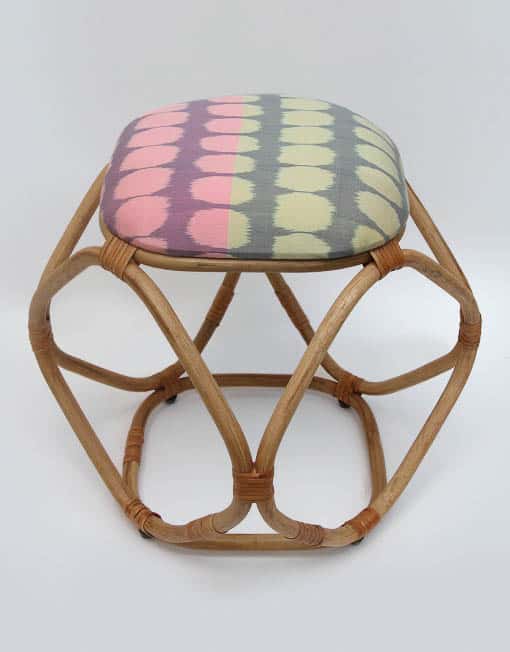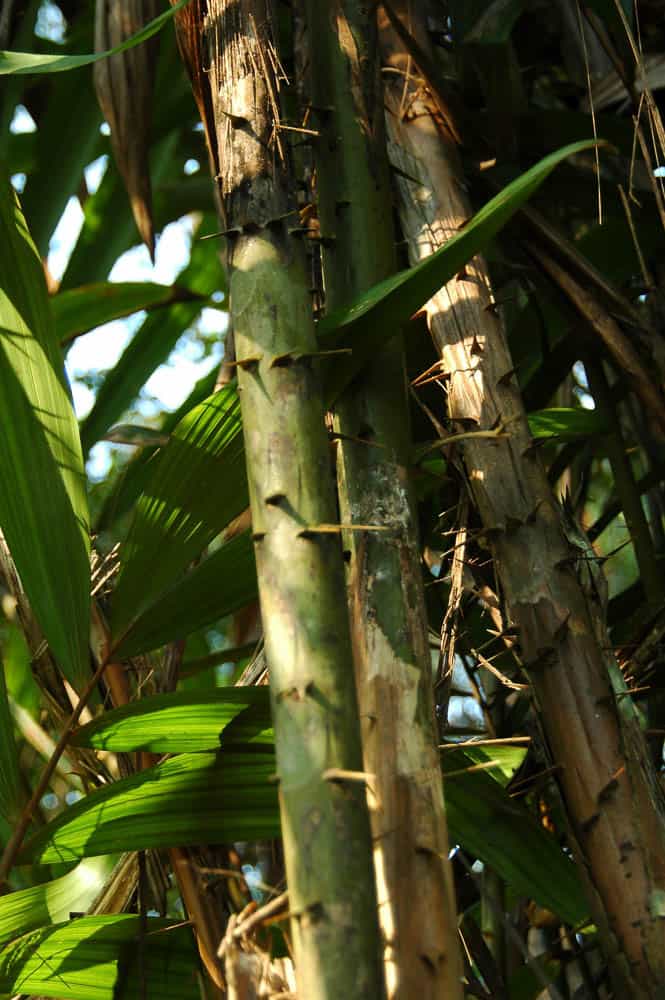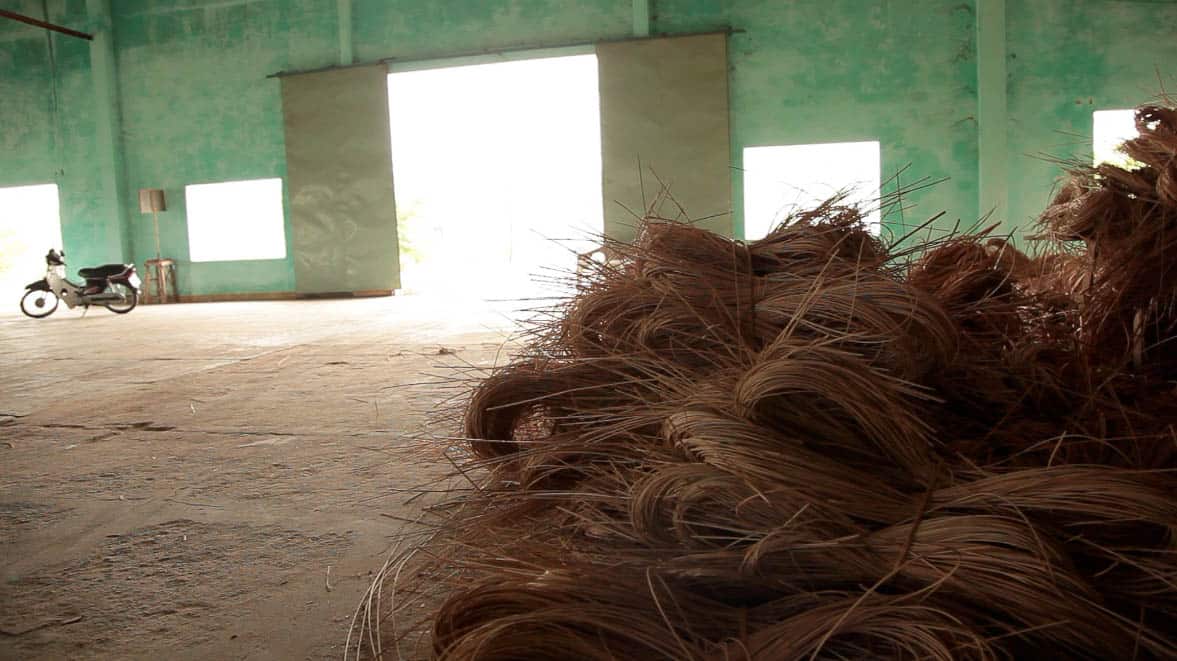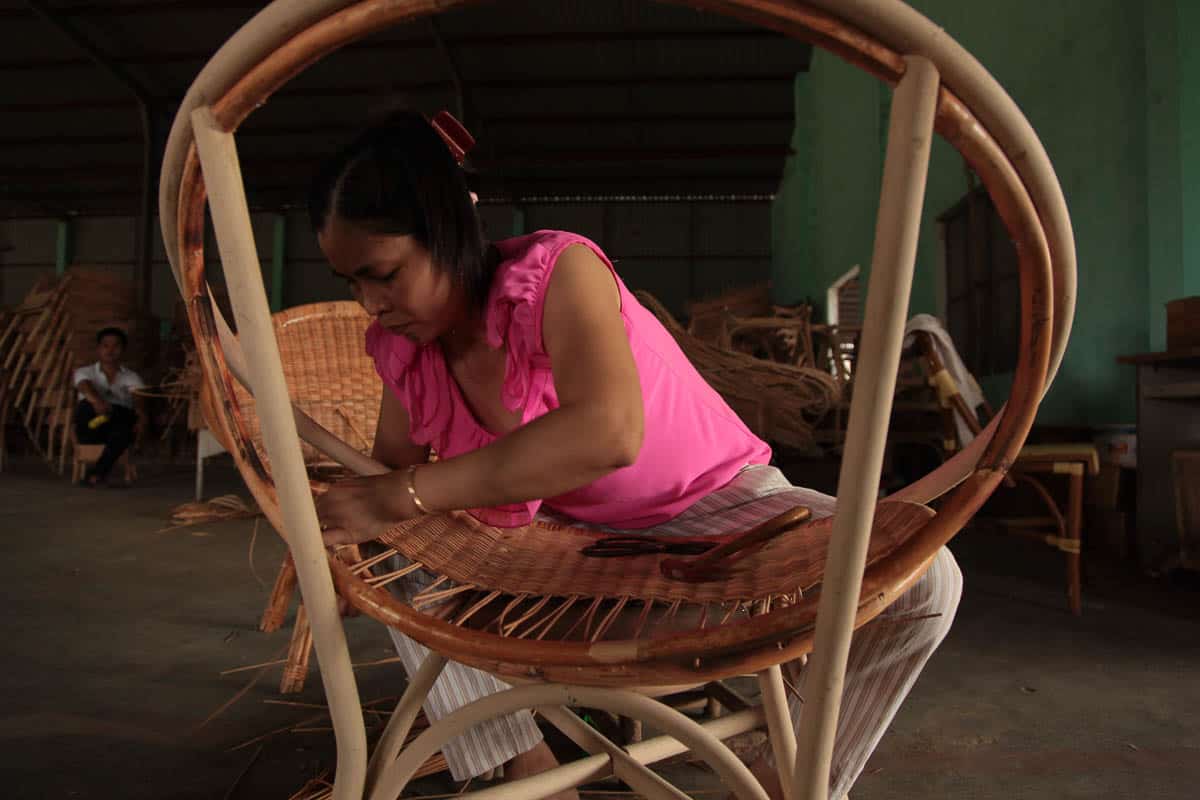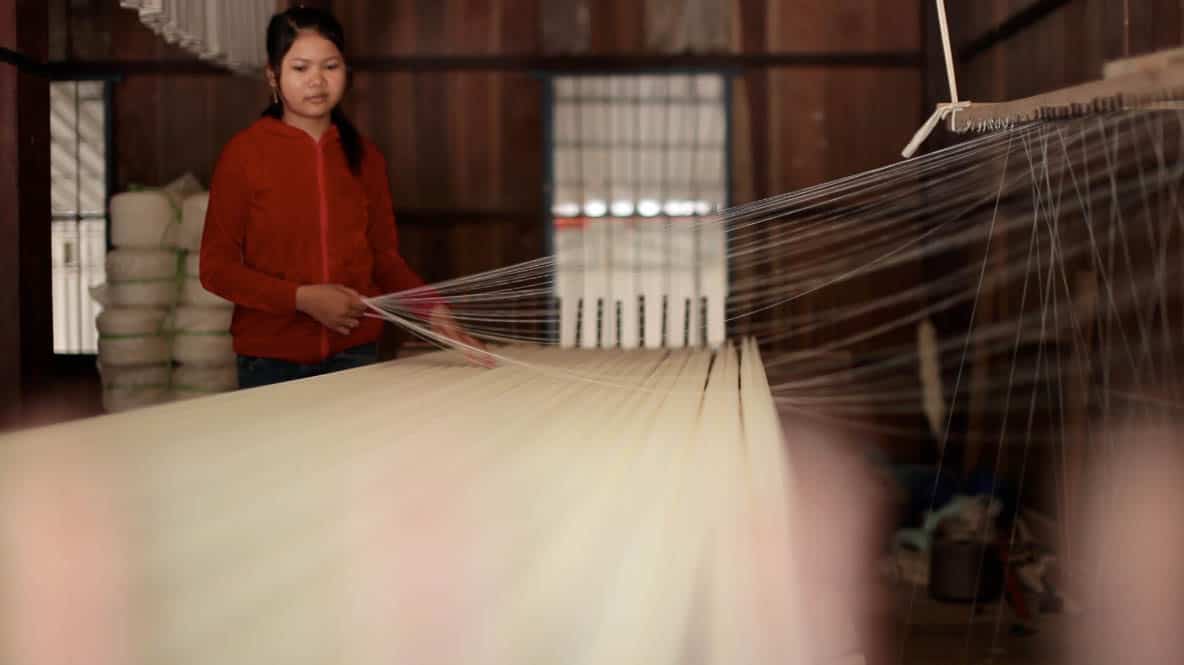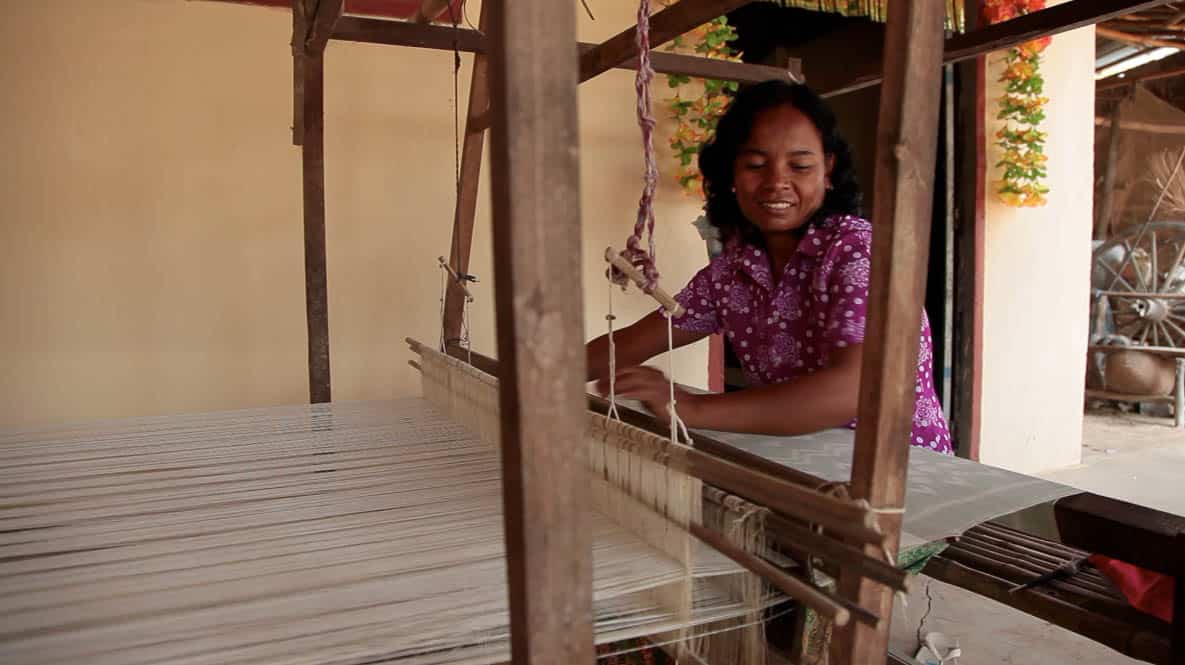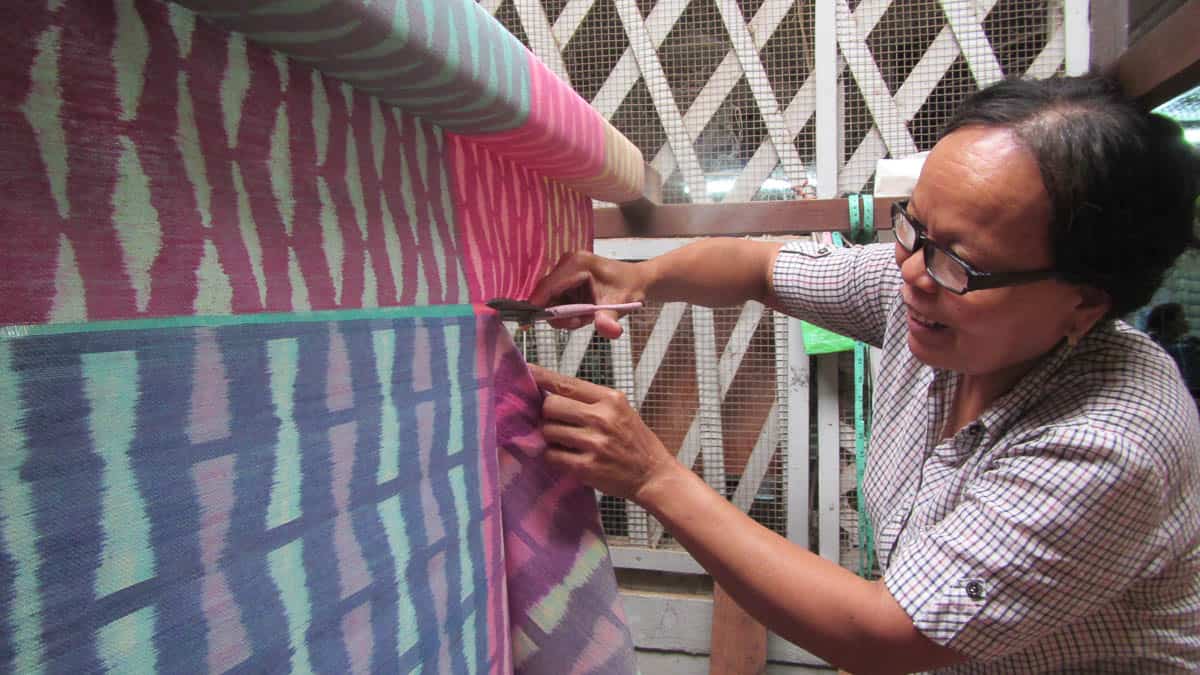- Photo: Caro Macdonald
- Diamond Turtle stool
- Photo: Caro Macdonald
Moving to Vietnam in 2011 was the amalgamation of many factors. It was the contrast I needed at the time and in hindsight was the decision that set me on the path towards starting Mitsein.
My work in Melbourne was quite technical, designing pharmaceutical products like stainless steel blood holding tanks, and emergency products like carbon fiber spineboards. As much as I found this work satisfying and challenging, I wanted to try my hand at something more creative, craft based or handmade.
My partner Luke and I had been craving some more adventure in our lives, we had seen ourselves fall increasingly into the 9 to 5 routine. We talked about living overseas to mix it up, but the how the where and the when were still not formulated—it felt like we were just dreaming.
Community and development work had interested me for a while. Although it’s rare to come across positions that require product design skills, I was nevertheless regularly checking the job postings for something I could do to be involved.
So when I saw that AVI (Australian Volunteers International) was calling for a product designer to work in Vietnam for a grassroots organisation, I couldn’t believe my luck and naturally I jumped on the opportunity! It seemed to be exactly what I was looking for—travel, collaboration, craft traditions, and working to improve the lives of women.
Volunteering showed me so many alternative ways of being, it was such an honour to be able to work with the talented and dedicated team at Mekong Creations. We reworked products. We experimented with new materials and pushed the craft techniques to new ground. We joked on long bus rides to the regions. We overheated in the stock room and entertained consuls at product launches. Not to mention the somewhat unexpected personal growth that this type of work can bring.
When my two year placement at Mekong Creations was up, I found I had become quite attached to Vietnam— its humorous and good-natured people; its crazy, bustling market places; its abundant and various natural materials; its tranquil beaches; its all-encompassing warmth.
Mitsein was borne out of a desire to continue my work with handicraft in Vietnam and Cambodia. I felt there was more for me to do in this area. There was potential to bring contemporary designs to other local crafts and different products areas, to realise my ideas as well as bring a wider market to the skilled craftspeople. It was set up in such a way as to allow more autonomy—to have more freedom to try the things I felt needed trying. To take risks that an established NGO couldn’t take. To open up the experimentation and iteration in the design process. To be more collaborative with the artisans. We are still working with this philosophy at the forefront.
I first considered rattan because I was interested in continuing to use local natural materials and existing craft skills as I had done at Mekong Creations, and I remembered fondly the rattan items that had populated my home as a child. I went searching for craftspeople using this material and learnt that there are still lots of skilled people in the rattan industry, and that there is a huge potential for this NTFP (non-timber forest product) to improve the livelihoods of forest and village communities, many of which are ethnic minorities in Vietnam.
Once I had decided to focus on rattan, I was lucky to be introduced to the team at WWF which had been working on a sustainable rattan industry program throughout SE Asia. We had long conversations about the details of their project, the complexity of the industry, and the overall picture. We discussed how Mitsein could be a part of the move towards sustainable livelihoods and a more environmentally sustainable rattan industry in the region. And it became increasingly obvious that, with a few guidelines, rattan was a great choice for a business wanting to effect positive change.
The industry involves many groups along the supply chain: forest communities who propagate and harvest the rattan by hand; rattan traders who buy the product from the harvesters to sell on; workshops and village weavers all across Quang Nam and other regions who add value to the material; as well as the handicraft retail industry, which ranges from local markets to international distributors. I was interested in ensuring a good deal for those at the bottom of the pyramid.
At Mitsein we believe that the raw materials grown in Vietnam should have as much value added in Vietnam as possible, to achieve maximum industry growth and maximum benefit for these low income communities.
From a design perspective rattan is magical! It grows as a vine so in essence it is a naturally occurring wooden rod of up to 30m. Because of this form, when it’s used in wire-frame designs, it has very little material wastage. Steam bending and joinery techniques can be used to transform this material into all sorts of designs. There is still so much for us to explore with rattan, the possibilities are endless. Our artisans design group is full of ideas for new product directions and experimentation of this beautiful material.
How the products are made
We decided early on that Mitsein would fit into the existing work distribution systems in the communities in which we work. We wanted to be as harmonious as possible, to cause as little disruption to existing relationships as possible, and to strengthen the frameworks between the players supporting sustainable practices.
The rattan work is distributed amongst weavers throughout Quang Nam Province. Once it’s agreed that the sample is good to go, the sample maker will travel to the various villages and teach the weavers the new design. The materials for production are provided and the weavers are ready to begin work, which they manage themselves between farm work, running the house and minding children. On a visit to the workshop we see women leaving on bicycles piled high with raw rattan material, taking this back home to weave the products. Those that live further away have the rattan delivered to their homes on motorbikes or small trailers. When the products are finished they will be picked up and collected at the main workshop for finishing.
We were lucky enough to spend some time in one of the weaving houses last year, talking with the weavers and hearing about their lives, family and work. Three women had met there to work together, sitting on the porch looking out over the cucumber vines growing in the hot yard while chickens clucked and scratched the dirt. They showed us their weaving technique, one woman had been weaving this way for 15 years, and told us how this allowed her to buy extra things for the family and send her grandson to school. When asked how she feels about weaving as a job, she replied, “If I didn’t like it, I couldn’t do it everyday for 15 years.”
Challenges
It probably seems like language would be one of the main obstacles, but it really hasn’t been. Even before we had our great translators, we managed to understand each other—meetings were often just like a game of Pictionary.
Business in Vietnam and Cambodia is conducted on a face to face basis, so when you’ve got aspects of the business in different cities or countries, it can be challenging to keep everything moving along. Recently we relocated from Ho Chi Minh City to Da Nang to be closer to the rattan workshop and weavers. This way we can meet regularly and collaboration can be more effective and more prolific.
Building a rapport with the various business partners takes time. It took over six months to meet all the right people for various aspects of the business, and to build these relationships to the point that people have trust in us and know that we are here for the long run. It now feels like people understand Mitsein is here to stay.
Author
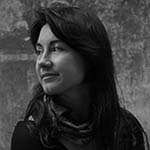 Sarah Thomas has worked as a product designer in Melbourne since 2006. Her product experience ranges from technical medical solutions to design for handicraft. Since founding Mitsein in 2014, Sarah collaborates with artisans in the region to develop contemporary furniture and homeware with local techniques and materials. All the while maintaining a focus on fair employment generation and sustainable practices. Mitsein’s second range is currently in development and will be available in Australia this summer. Sarah received the Good Design Award from the Japan Institute of Design Promotion, for her work on the Viva bag for Mekong Creations. The Diamond Stool, from Mitsein’s first range, was awarded the Sustainable Design Award from the Banyule City Council, while being exhibited at Fringe Furniture this year.
Sarah Thomas has worked as a product designer in Melbourne since 2006. Her product experience ranges from technical medical solutions to design for handicraft. Since founding Mitsein in 2014, Sarah collaborates with artisans in the region to develop contemporary furniture and homeware with local techniques and materials. All the while maintaining a focus on fair employment generation and sustainable practices. Mitsein’s second range is currently in development and will be available in Australia this summer. Sarah received the Good Design Award from the Japan Institute of Design Promotion, for her work on the Viva bag for Mekong Creations. The Diamond Stool, from Mitsein’s first range, was awarded the Sustainable Design Award from the Banyule City Council, while being exhibited at Fringe Furniture this year.


